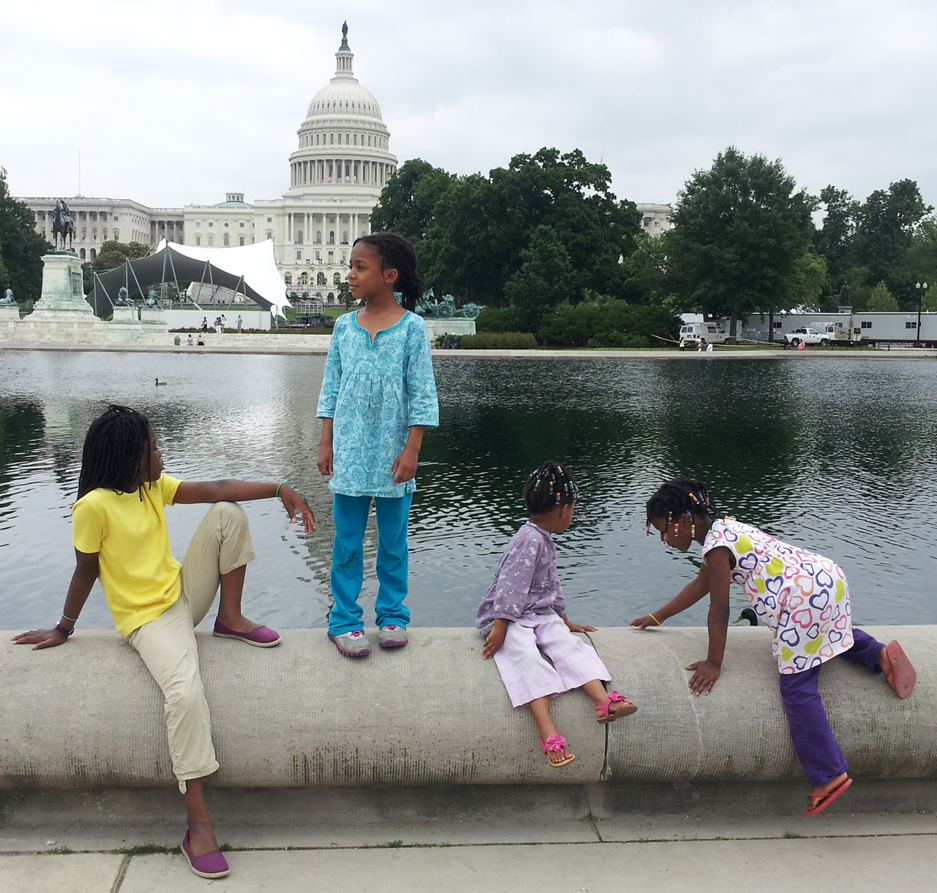“A growing number of Muslim families in America are home-schooling their children because they want them to get a more holistic education than a public school can provide.”
http://video.pbs.org/video/1475777541#
the segment presents a pretty balanced view of homeschooling,
but i must take a small issue with “the professional educator” interviewed
who makes several claims like
muslims homeschool because of prejudice;
and that because sibling relationships are not like peer relationships
homeschoolers may not develop the necessary the skills,
like the ability share, negotiate and resolve conflicts;
and that homeschooling parents need training,
e.g. social, cognitive, and biological development of children and classroom management.
prejudice is the least of the reasons why we homeschool.
how about protecting and nurturing our children’s natural sense of curiosity about the world,
providing holistic learning experiences,
taking advantage of teachable moments that can happen at any time,
teaching values and morals that are true regardless of religion,
and addressing the vital life skills
like financial acumen, home management, personal health, personal development
that teachers can’t get to (or shouldn’t even be responsible for)?
communities, large and small, are based on the family unit.
families are the building blocks of societies, cultures and countries.
it is in the home where children get their start
in learning how to share, negotiate and resolve conflicts.
if you don’t value yourself and your family
why would you care for anyone else?
although being a teacher is important work
that requires a special type of person
— just start with patience, empathy and sincere concern for others —
you don’t have to be a brain surgeon or a rocket scientist, as the sayings go.
yes, it does take preparation, knowledge and skill
which all can be had without a formal or college education.
but i guess i’m just biased.











































